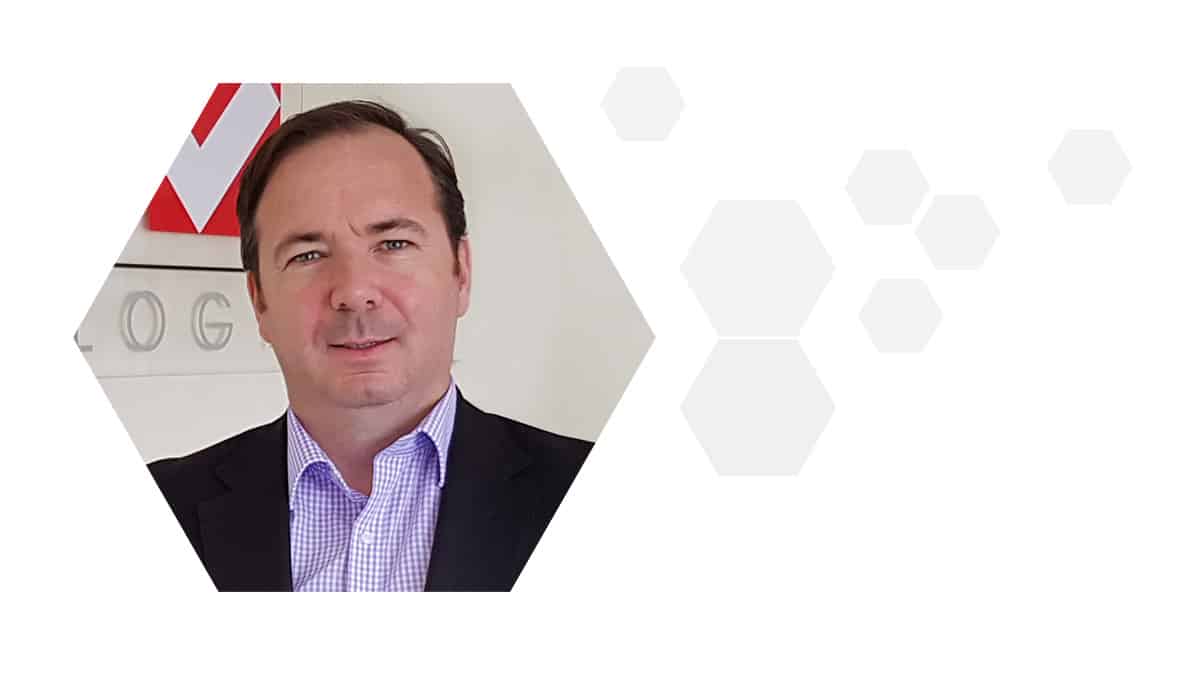With IP at the heart of broadcasting’s future, codecs are increasingly the gateways of content assimilation and distribution. Charlie Gawley, Tieline’s V.P. for sales, APAC/EMEA, says it’s a responsibility they embrace.
RedTech: Where do you see opportunities to secure the future of radio?
Charlie Gawley: Studio infrastructure is becoming more centralized and IP-based, whereas contributors are more distributed, either through necessity or to increase profitability. These IP solutions are the future for broadcasting, and will deliver affordable, reliable and remotely configurable solutions that integrate flexibly into existing and future broadcast infrastructure. On the studio side, equipment should be AES67, ST 2110-30, ST 2022-7 and NMOS-compliant to allow centralized control of audio and video streams in the broadcast plant. The demand for highly reliable remote broadcast solutions has grown enormously in the last couple of years. The pandemic accelerated the shift to working remotely through necessity, which has also created an acceptance of IP technologies to reliably broadcast remotely anywhere and anytime. Tieline’s codec solutions embrace this and deliver a range of options for broadcasters.
RedTech: What inspires your company to innovate?
Gawley: At Tieline, we live and breathe broadcasting every single day, and our customers inspire us to innovate. Our team focuses on the needs of broadcasters and the pursuit of excellence. We always deliver customer-focused solutions that ensure our products are dependable, adaptable and compliant with standards-based technologies.
We listen carefully to our customers every single day and seek to find new ways to improve existing workflows at every opportunity. Tieline has a proud history and a proven track record of innovation for over 30 years, with numerous awards for highly advanced technology innovations. Furthermore, Tieline is firmly entrenched at the forefront of technological excellence and will continue to develop new broadcast products using the same philosophies, which have proven enormously successful over time.
RedTech: How do/es your product/s make radio increasingly resilient, relevant and competitive?
Gawley: Tieline future-proofs all codec products with modular designs and free software updates. This delivers operational resilience and provides confidence about maximizing return on investment over time. Tieline’s flagship ViA remote outside broadcast codec can be deployed for live sports coverage, calling sports “off tube,” remote radio shows, live podcasts or broadcasting from home. It streams in realtime, with file playback, record capability and FTP support, plus unparalleled redundancy options.
On the studio side, Gateway and Gateway 4 codecs are AoIP gateways between sites across the globe, carrying synchronized audio and data. Natively compliant with AES67, ST 2110-30, ST 2022-7, RAVENNA and Livewire+ out of the box delivers standards-based technology solutions, ensuring interoperability with modern studios. An optional WheatNet-IP card is available with planned support for Dante in the coming months. No other codec supports this level of AoIP interoperability.
Who would bet against the possibility of integrating technologies via nano transmitters and receivers into human beings at some time in the future?
RedTech: What one piece of advice would you give those running radio stations today?
Gawley: Continue with a “live and local” approach to programming, with each station in a network, and continue to exploit global reach where possible. Local programming connects with communities and builds a unique identity, but technology allows a station to leverage listeners nationally and internationally.
RedTech: How do you imagine radio by the end of this century?
Gawley: If there’s anything that this pandemic has shown us as human beings, it is our core need for social and community connectivity. Radio will always be around in some shape or form, keeping us abreast of local and community developments from the comfort of our homes or mode of transport. The medium in which it is delivered will change and evolve. It’s fair to say that in 100 years, data will be ubiquitous, and AI will be doing all the grunt work that engineers attend to today.
Who would bet against the possibility of integrating technologies via nano transmitters and receivers into human beings at some time in the future? It’s hard to imagine this world, but it’s also not unreasonable to muse that ethicists and governments will have a litany of regulatory issues to work through in decades to come.
This Q&A was published in the special edition, The Innovators. Read the entire issue here.

